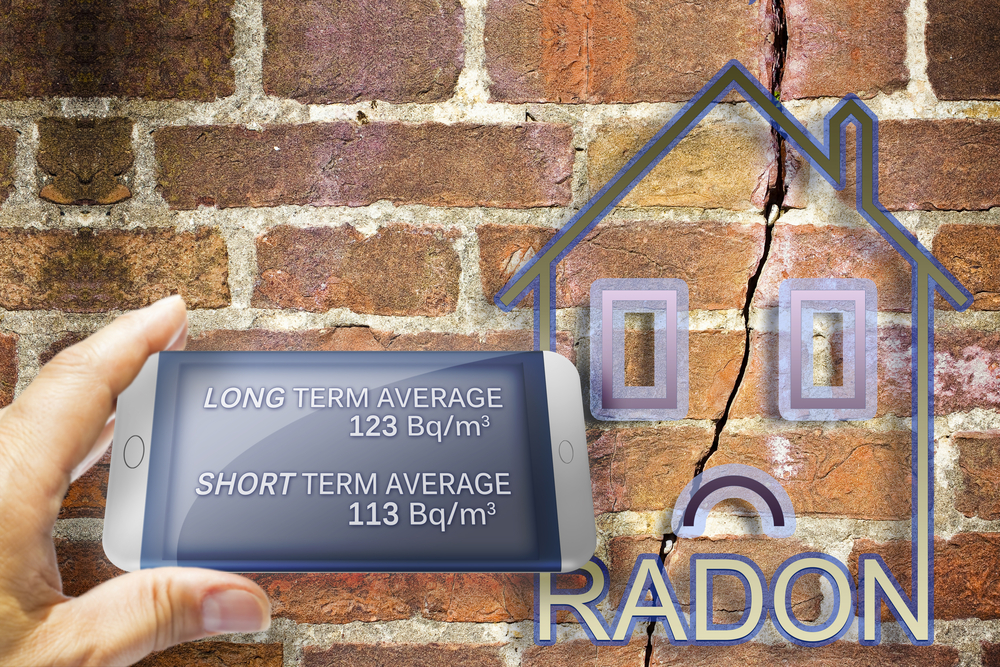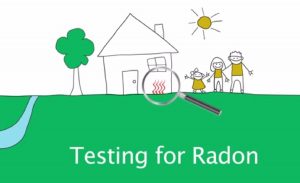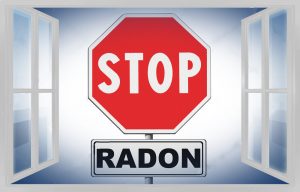Living through the pandemic can be a dangerous and exhausting time especially with children around. Everyone is afraid of venturing outdoors due to how easy it is to contract the Covid -19 virus. But, did you know that there are potential health implications of staying at home for extended periods of time as well?
This risk comes from radon gas which is present in the air all around us. It is a radioactive gas that is both colorless and odorless, making it difficult to detect in the air, similar to Covid-19. This gas is not dangerous in small, diluted doses which is why it is safe to breathe outdoors. However, a home is a different story as there is much less ventilation allowing the gas to accumulate and increase in concentration.
Therefore, spending most of your day at home and not being able to detect the gas can potentially be a dangerous scenario that many people are not even aware of. If you’re just finding out about this today, then read on to understand more about radon gas and how it is affecting you.
For those of you who understand the implications already, you may be overdue on getting your home inspected and fixed by radon technicians like Atlantic Radon.
What makes radon gas dangerous?
If radon gas is safe to breathe outdoors, what makes it so dangerous when indoors? Well, radon gas is measured through pCi/L (picocuries per liter), and there are specific levels set by health organizations such as WHO that are deemed “safe” to breathe in. When measuring radon levels these are what you need to be aware of:
- pCi/L score below 1.4 – This means that there are only trace amounts of radon present and you don’t need to take any action.
- pCi/L score between 2 and 4 – This shows slightly elevated levels of radon gas that is not yet dangerous but warrants an inspection or safety measures.
- pCi/L score above 4 – You are exposing yourself to a high level of radon gas and immediate steps need to be taken to mitigate the problem.
When radon gas becomes concentrated in a particular location, the denser radioactive particles tend to combine with small particles like dust in the air. When you breathe this in, the radon particles will stick to your lung lining. This is not dangerous in small amounts as they will decay and become harmless over time. But continuous exposure to it can eventually lead to lung cancer.
Radon-related lung cancer accounts for over 20,000 deaths in the United States. Doctors acknowledge that these deaths are easily preventable if people are informed about the effects of radon gas and steps are taken early to counteract the situation.
How are children affected by radon gas?
Children are highly susceptible to getting lung cancer through radon gas. Radon is the second leading cause of lung cancer, only behind smoking, meaning that children are also prone to be affected by it.
Toddlers and children who are still crawling are the most at risk. The reason for this is the way radon enters your home. Radon gas is formed underground, so when it rises to the surface, it finds its way into properties through cracks and holes in the foundation. Radon is also slightly heavier than air, so it tends to stay at the lower levels of the house such as the basement and lower flooring.
Due to this, these children are highly exposed to the gas as they are physically closer to the ground than adults and grown children. On top of this, toddlers also tend to breathe at a faster rate than adults and have a much lower lung capacity. If radon levels in the house are high, then these children will be breathing a lot more radon into their lungs, making them more receptive to the dangers of radon gas.
How can you safeguard your family’s health?
Now that you understand the danger you potentially face staying at home for extended periods, these are the steps you should take to protect your family’s health:
- Purchase a radon testing kit – Since you cannot detect radon with your own senses, you can purchase a testing kit from your local store to measure radon levels around your house. This way you can determine if you have to call in professionals to help with the problem.
You should note that radon levels can vary between short distances. So make sure you check every room in the house to make sure that are no radon leaks anywhere.
- If you find elevated levels after testing, then your very next step should be to contact certified radon technicians who have the experience and equipment necessary to fix the radon problem at home.
No matter how high the radon levels are, with a radon mitigation system that a contractor like Atlantic Radon will install, you can easily bring it down to a manageable level. Don’t waste any more time with your family’s health at risk. Take action now and safeguard your family from the potential health implications.




